PSI is the name under which artists Keren Batok and Philip Pace have been collaborating for more than 3 years now. The two met each other in Wroclaw, Poland, in 2016 and pretty soon became close friends, sharing a mutual love for art, music, poetry, and new advances in sciences such as astronomy or quantum physics. In 2017 Keren went back to her homeland of Georgia, but their friendship didn’t end there, rather it evolved into something productive which gave birth to their first composition entitled Event Horizon.
Now, PSI has released their 4th composition titled “ONOMA”.
The short film for ONOMA stars Xosilita Xose Xositashvili, who performs her own choreography, and is shot by Dzito Zaalishvili.
Watch it below.
In the following interview, Keren talks to Philip to reveal their working process on PSI:
Keren: The seeds for what was to become “Event Horizon” were recorded when I was still in Poland, when we were messing around with musical equipment and ideas in your apartment. Back then neither of us expected it would grow into a true composition. I was going through a depressive episode, and I didn’t consider it even a poem at the time – I was just blindly talking into the microphone to get rid of some thoughts and extreme emotions. How did you feel when you began working with my voice and words a few months after I had left?
Philip: To be completely honest with you, I did see a potential in what was happening then and there, hence I insisted on recording it. I’m sure you would agree that creativity through a state of free play always bears the best fruit, however immature or clumsy it may seem (or sound) at first. It’s almost like tapping into your subconscious when there are no underlying rules or expectations, i.e. inhibitions. Up till then, I had also been thinking of collaborating on something a little more experimental and conceptual when compared to my previous musical endeavors. Coming back to the pre-recorded material after some time brought about an avalanche of ideas. I set to work immediately and haven’t stopped since. Well… with a few occasional breaks that is. [laughter]
Keren: I imagine you as a sound architect who works on material word-by-word, who knows my intonations and talking manner.
What are the key steps you take before you start working on the music, and how do you deal with tiredness and frustration after hearing the same poem over and over in the process of building a track?
Philip: Indeed, sound architecture is a very nice way of putting it. I tend to start off with a point of departure – an idea, a concept setting the framework for the piece. This initial core thought may either be something that’s been sitting in the back of my mind for some time, or may simply be a consequence of the words I’m working with. After selecting the best vocal performance and editing the recording, I set to work at constructing an imagined sonic space for the words to inhabit. I create a sort of ‘mood board’ by compiling ideas, images and feelings. I play around with sounds, field recordings and musical ideas, either complementing the words or by contrasting them. All in all, it’s an additive and iterative process akin to that of modeling or sculpting, “a surrender to the creative flow” (as Brian Eno would put it). Ultimately things often turn out quite different than initially conceptualised. Moreover, when a creative block hits the fan, I put everything aside and just wait. Sooner or later it will gel. It always does. Answering your second question: I just mute the vocal track. [laughter]
Keren: What does “ONOMA” stand for?
Philip: The word onoma comes from the Ancient Greek ὄνομα meaning “noun or name”. It is elsewhere described as “a copy of a model”, a word that – like an image – mirrors the form of the object. It’s a name, a noun, a symbol, an icon that reflects a Platonic Form.
Considering the poem’s subject matter and tone, my point of departure became language itself, most importantly its uncompromisingly oppressive power of reflecting and defining reality. My initial idea was to utilise the panoramic character of stereo recording to recreate the spatial distribution of linguistic sounds within the oral cavity – the human mouth. Seeing that vowels are fundamental for all languages and among the first sounds we vocalize as children (the open vowel /a/ as in ‘mama’ or ‘papa’ usually being the first), I decided to replicate the English vowel diagram (or vowel chart) in a stereophonic horizontal fashion (as doing so vertically would obviously be impossible), with open vowels in the right channel, close vowels in the left, and ‘vowel backness’ expressed through depth in the mix. Additionally, it so happens that there are exactly twelve vowels (or monophthongs) in the English language, as there are twelve semitones in an octave. This parallel further led me to adopt and centre the piece on the most commonly used key in Western music. The C major scale is usually the first we learn, largely because it has a cheerful demeanor and is one of the easiest to memorise and play.
All of these complementary ideas ultimately became the backbone of the piece.
Keren: Is the frustration of being named familiar to you?
Philip: Absolutely. I’m not keen on labels, categorizations, putting things into boxes, although I do see their purpose. As early as my childhood, I recall wishing to be called anything other than just plain ‘Philip’. Why wasn’t I a Michael, or a John? For ununderstandable reasons today, other names seemed more appealing to me at the time. I always wondered why my parents chose that specific name, and at least once inquired about it and asked for an explanation. But with time I just became accustomed to it. I grew into it. Still today, I ponder the question of whether it is us who ultimately define our names, or is it maybe our names that define us (to some degree at least). Why is it that we simply can’t imagine any acquainted or close person bearing any other name than their own? After all, it’s just a name, right?
Language is a powerful tool. It not only shapes our reality, our understanding and mentality, but also determines who or what we are more than we can ever imagine.
Keren: In one of his major works, Theodor Adorno has a very interesting passage where he says that we have an ancient fear of losing our name which is driven by the perspective of being changed back into mere nature. The concept of our video and Xosilita’s performance reminded me of this quote. She resembles a dweller of Plato’s cave, or Sisyphus bearing the weight of the name instead of the stone. Her every attempt to get rid of it is in fact a cathartic desire to go back to the beginning. How would you describe the video?
Philip: I see we share the same observations and interpretation of the visuals. All I can add is that Xosilita’s dance is a powerful performance in itself. To me, it portrays a struggle with an inherent trauma, very reminiscent of a Soma Embodiment therapy session. With her androgynous and almost alien-like appearance, she becomes the Everyman (or Everywoman, if you prefer) performing on stage, offering a symbolic catharsis to all of us watching and bearing the same burden. What is more, the use of the overall red hue effectively defamiliarizes the scene, making it the more impactful, as though we’ve just woken up to a new reality: a remote planet perhaps, or a feverish dream of the subconscious.
Keren: What about the ending of the video: should the shift in colour be taken as a resolution, a consolation, or is it just a new exposition, yet another terror?
Philip: I’d say it’s the latter. To me there is no consolation since the fight is futile. There simply is no escaping the tyranny of words, names and interpretations. The intentional gradual shift from red to yellow is both a denouement and an exposition – a foretelling of what’s to come next.
Keren: And one last question: Do you already have ideas for the next composition?
Philip: Yes, although it’s still a ‘work-in-progress’, I’m afraid. All I can say now is that the working title of PSI’s next piece is “oXXYYgen”. Release date? Hopefully sooner than later. ‘To be continued’, as they say.
The PSI Project’s ONOMA EP is out now
Find it here.
Follow PSI:



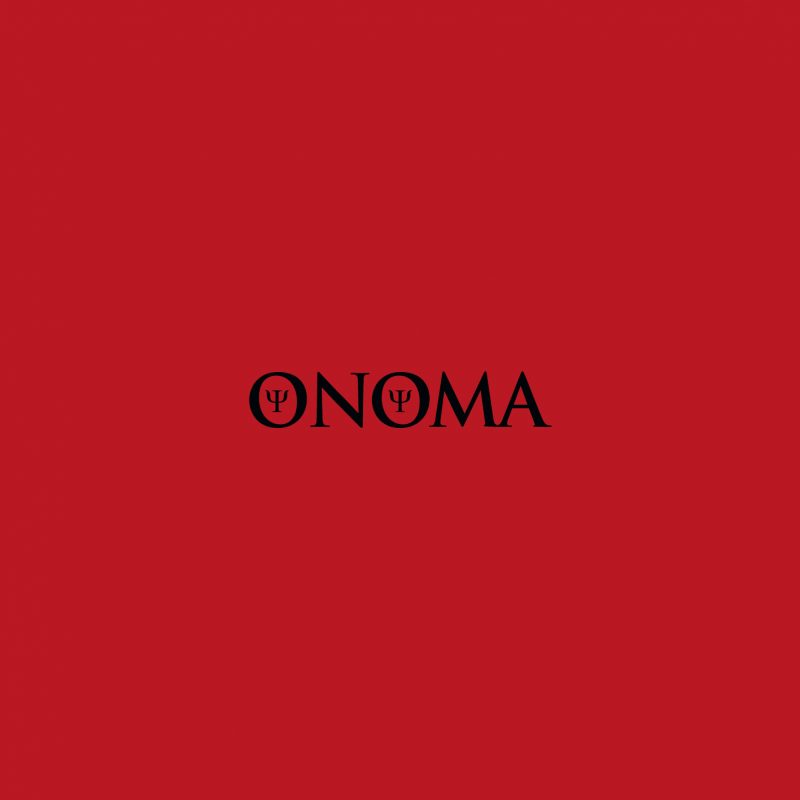

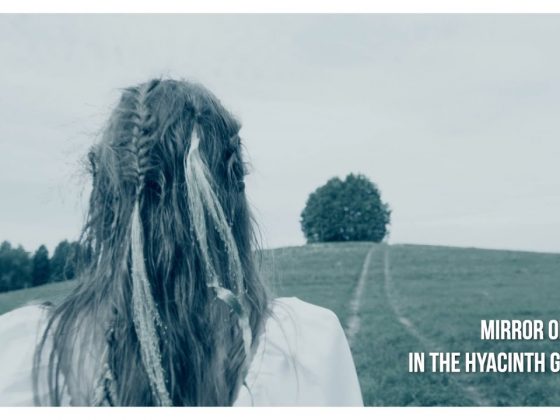
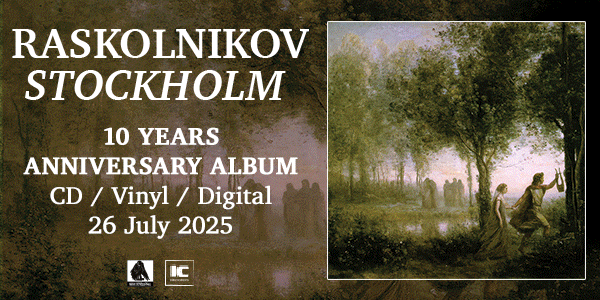
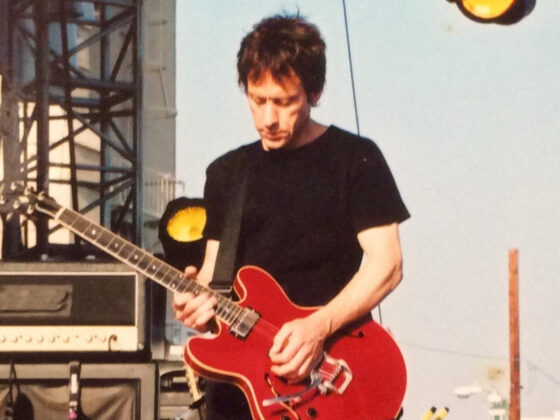





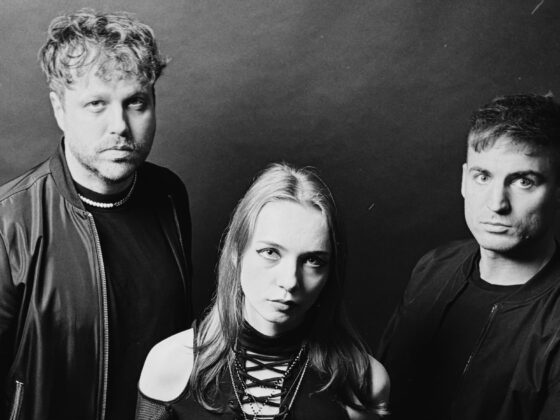


 Or via:
Or via: